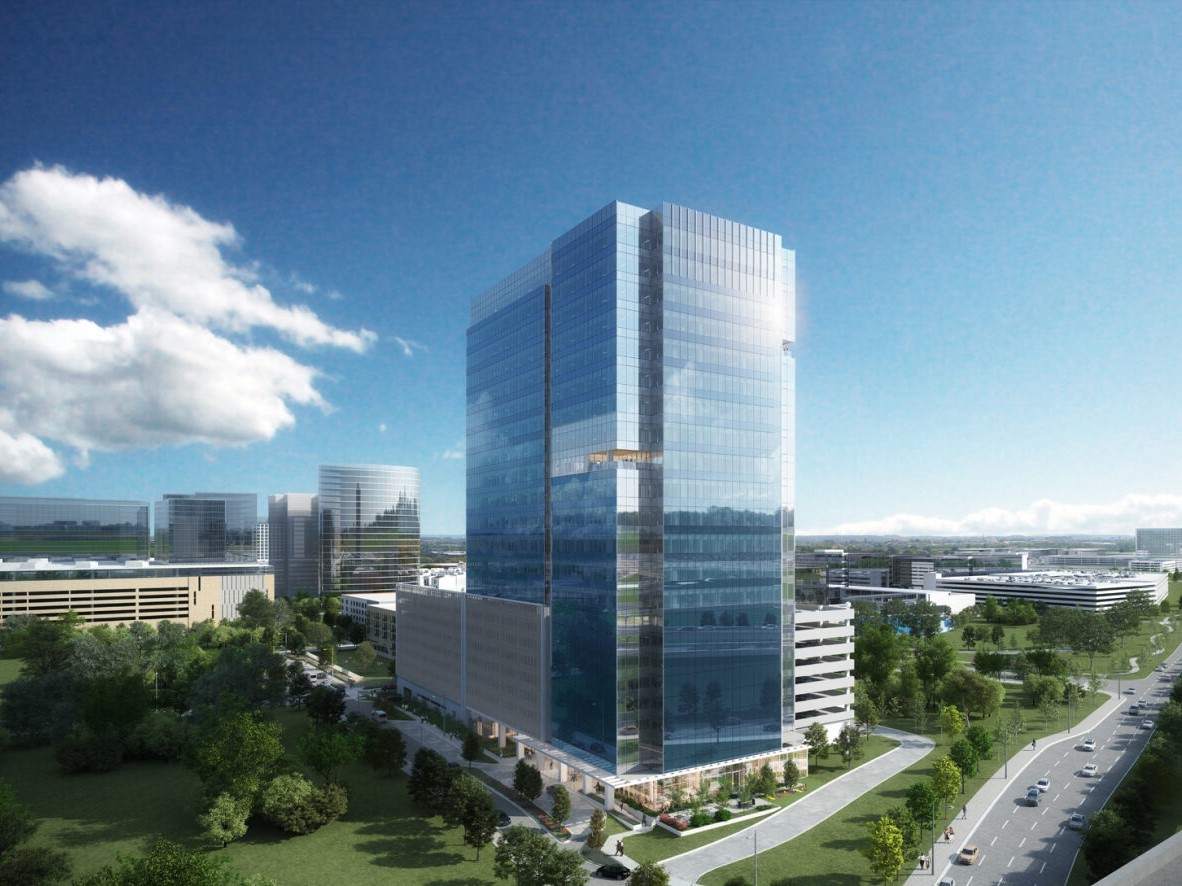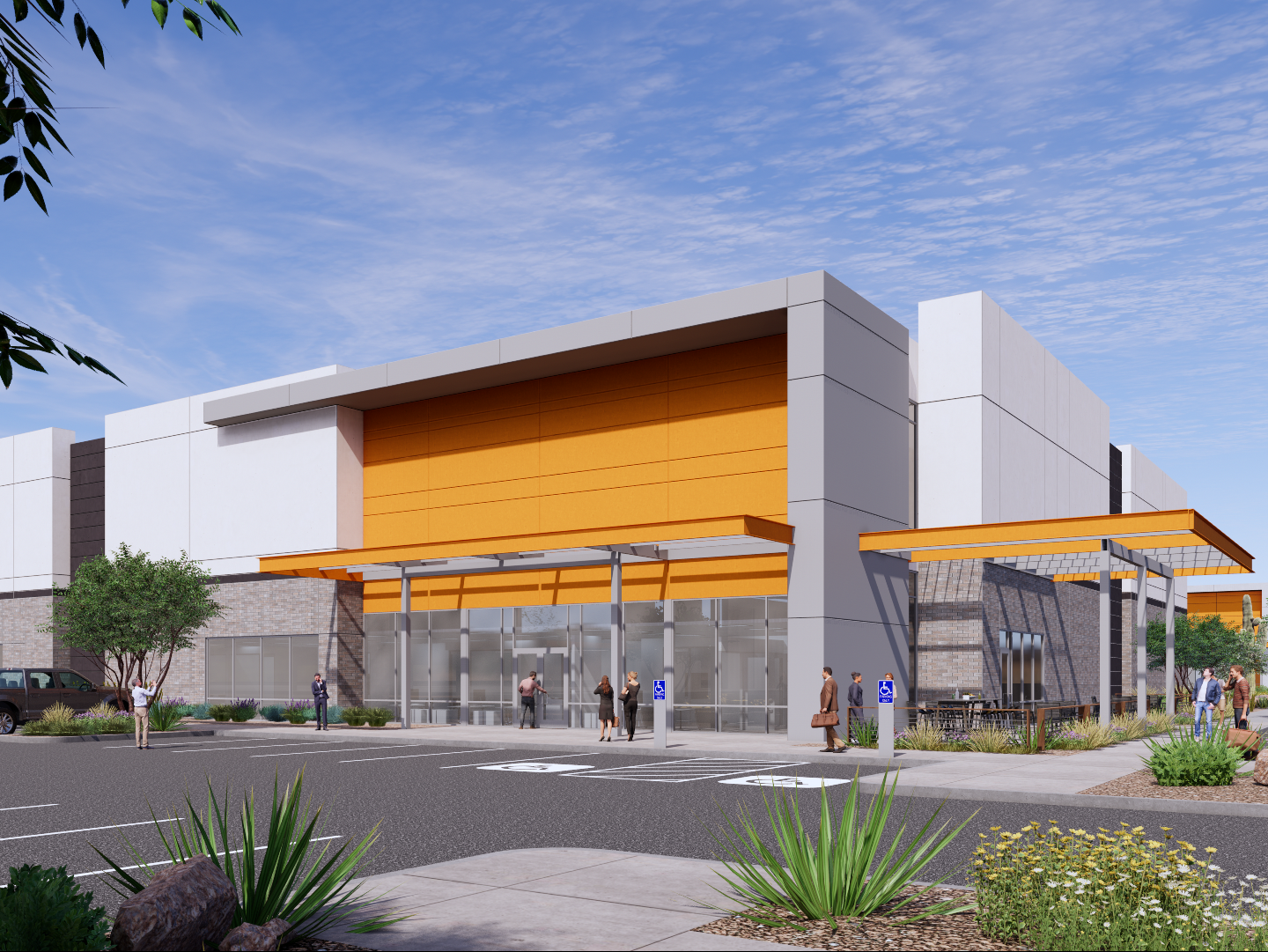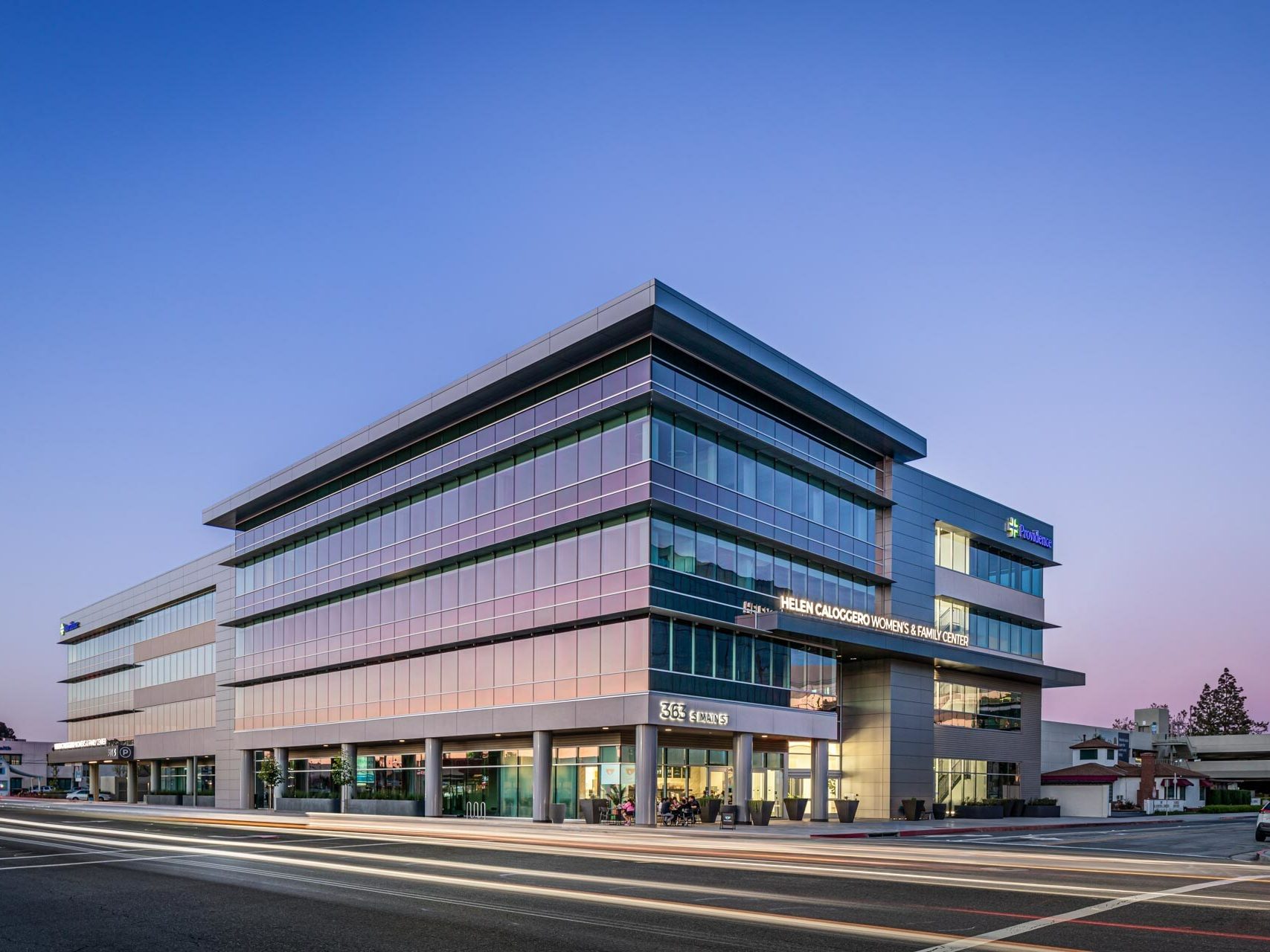Emphasizing the ‘E’ in ESG
Owners and investors should keep three goals in mind for environmental issues, contends David Amerikaner of Duane Morris LLP.
It seems like each day brings new front page headlines about environmental, social and governance (ESG) programs. Companies worldwide are producing glossy ESG marketing materials and quantifying their sustainability for new reporting standards. Investors are pouring capital into ESG-focused funds. The Biden Administration is prioritizing ESG considerations in government planning and policy.
But what does ESG mean for commercial property owners, investors, and tenants? And can it be a driver of growth rather than a drain on resources?
The answer to the second question, of course, is yes, if ESG considerations are approached thoughtfully and holistically. Placing ESG at the forefront of real estate development and operational decision-making can result in significant cost savings, increased resiliency, and, in the long run, expanded access to both capital and top-tier tenants.
It’s first important to clarify exactly what we mean when we talk about ESG. There is the “environmental” component, which carries the primary emphasis in real estate. The environmental concept includes the built environment and the resources used to power, heat and cool buildings and to provide other utility services to building users in a sustainable fashion. ESG also encompasses a “social” component, which includes diversity, equity and inclusion considerations, gender equality, community involvement, philanthropy, and related issues. And there is the “governance” component, which includes corporate policies, board tenure and compensation, succession planning for corporate leadership, and ethics and codes of conduct.
In this article, we will focus exclusively on ESG’s environmental component. ESG is not new in the commercial property space. U.S. buildings have been earning LEED certifications for environmental performance and sustainability for nearly 30 years. But the options now in the marketplace for making a building more efficient and proving its environmental worth are more prolific than ever, and it can be hard to sort through the noise.
While there is no single roadmap for adhering to ESG principles, owners and investors should keep the following broad goals in mind as they seek to incorporate ESG into an existing or new development while still earning money.
Lowering Expenses
Making a property environmentally friendly can, over time, create significant cost savings for the building owner and tenants. For existing buildings, the goal of any ESG program is to improve efficiency and cut resource use, in order to reduce a building’s emissions of greenhouse gases (GHG) and save on utilities like water.
The first step is to perform an energy and water use audit of the building, and, if GHG emissions reductions will be quantified and reported, a study of baseline GHG emissions. There are many well-qualified consulting and engineering firms in every major market who can accomplish both of these tasks.
The audit will identify areas where efficiency can be improved. These can include replacing fluorescent lighting with LEDs, insulating domestic hot water piping, improving insulation and air sealing, and swapping older appliances for newer, more efficient models.
Other examples of so-called “low-hanging fruit” include automating building controls to maximize efficiency, employing plug load controllers to reduce energy use when the building is unoccupied, and improving indoor air quality by changing filters regularly.
The above measures generally require modest up-front investment and can quickly generate positive returns, often within a matter of months or a few years. A more ambitious investment in energy efficiency and clean energy generation could involve installing solar panels on the roof, replacing a traditional boiler with a more efficient hydronic model, or replacing exterior glass with electrochromic “smart glass” that adjusts its transparency as the sun travels across the sky each day.
A good rule of thumb when evaluating a retrofit or the installation of new clean energy generation is a five-year payback period, taking into account government incentives that may reduce the cost of the investment. Another option is Commercial Property Assessed Clean Energy (C-PACE) financing, if available in your locale, which provides inexpensive financing for clean energy upgrades with payback tied to the property’s tax assessment.
Planning Ahead for Mandates
It is also important to note that cities across the country are beginning to adopt commercial property efficiency or GHG reduction mandates, such as Local Law 97 in New York City and Boston’s recently adopted Energy Reporting and Disclosure Ordinance. Ordinances with mandates for existing buildings will likely be introduced in many other cities in the coming months and years, making it all the more important to get a handle on your building’s carbon footprint now and begin planning for upgrades.
Expanding Opportunity
Apart from the potential cost savings involved in a building retrofit, commercial real estate companies are increasingly being pushed to address ESG by their stakeholders.
Major tenants, driven by Gen-X employees, are demanding buildings that prioritize sustainability and provide low carbon, healthy work environments.
Investors are flocking to ESG-focused securities, enticed both by solid returns and by the proliferation of ESG ratings frameworks.
Lenders are increasingly reluctant to finance carbon-intensive industries, and are choosing to view opportunities through the lens of sustainability. For commercial real estate, assets that are vulnerable to the impacts of climate change will see their value reduced in the market.
In sum, there are a variety of reasons to incorporate ESG considerations into the planning and design of both existing and new buildings. While some improvements may require some up-front investment, the payback period is often far shorter than many owners imagine, and the benefits of having taken the long view will improve the bottom line over time.
David Amerikaner is special counsel in the Philadelphia office of Duane Morris LLP. His practice is focused on real estate, land use and zoning, eminent domain, property valuation, environmental issues, and sustainability.








You must be logged in to post a comment.